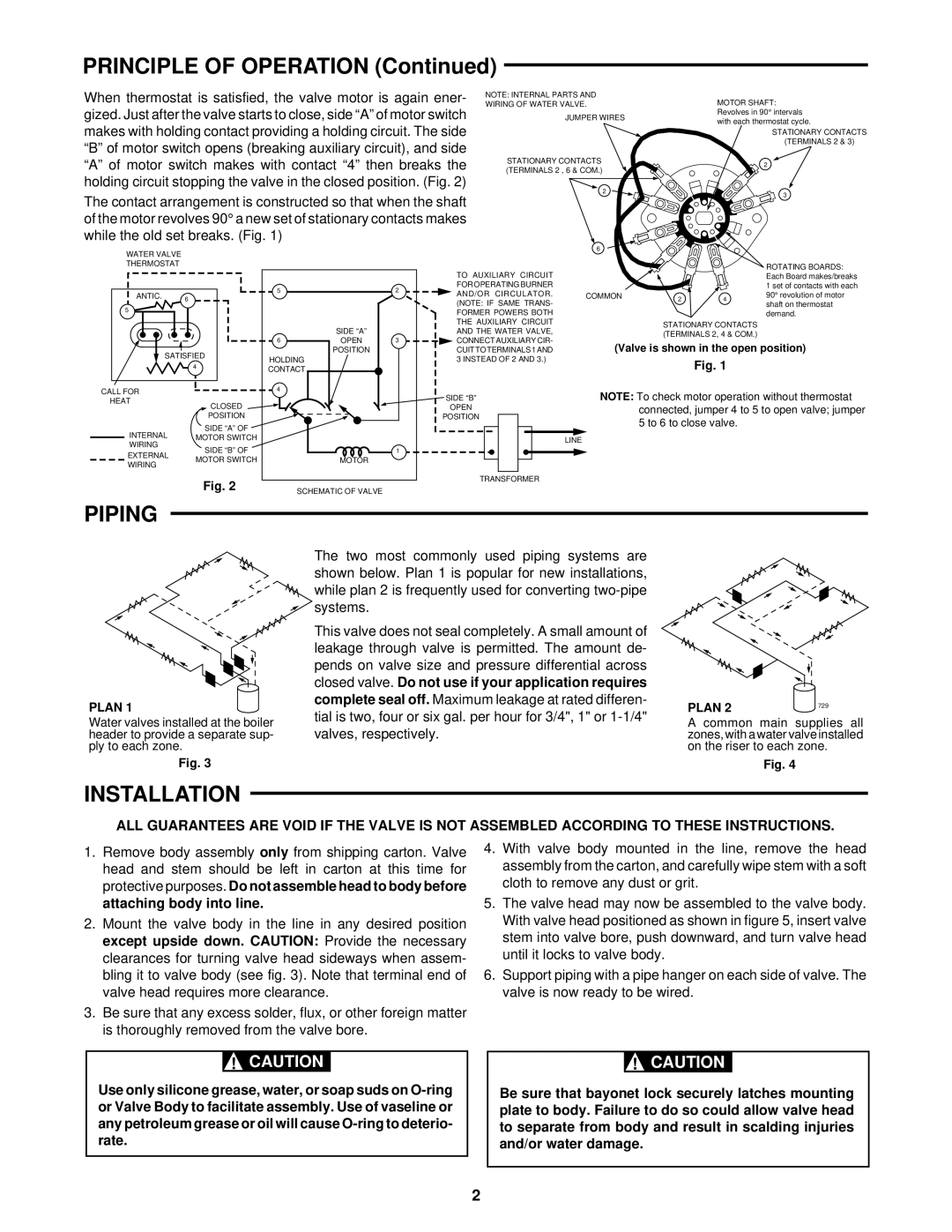1311 specifications
The White Rodgers 1311 is a versatile and efficient thermostat designed to optimize the heating and cooling systems in residential settings. Known for its reliable performance and user-friendly features, the 1311 caters to various types of HVAC systems, including gas and electric furnaces, heat pumps, and conventional air conditioning units.One of the standout features of the White Rodgers 1311 is its programmable capabilities, allowing users to set specific heating and cooling schedules for different times of the day. This programmability enables homeowners to achieve optimal comfort while maximizing energy efficiency. The thermostat allows for multiple program settings, meaning users can customize their environment according to their daily routines and preferences.
Another key characteristic of the 1311 is its digital display, which provides clear and easy-to-read information about the current temperature, set points, and operating status. The straightforward interface simplifies the thermostat's operation, making it accessible even for those who may not be technologically savvy. The backlit display further enhances visibility, allowing users to adjust settings even in low-light conditions.
The White Rodgers 1311 also supports advanced temperature control technologies. It employs a precision temperature sensor that ensures accurate readings, helping to maintain the chosen ambient temperature with minimal fluctuations. This accuracy translates to increased comfort and can contribute to reduced energy consumption, resulting in lower utility bills.
Integrating seamlessly with most HVAC systems, the 1311 features compatibility with multi-stage heating and cooling systems, providing flexibility for various home setups. Its design includes built-in features to protect the system from short cycling—where the system turns on and off too frequently—thereby prolonging the lifespan of the HVAC equipment.
Additionally, the thermostat is equipped with simple maintenance reminders and alerts, prompting homeowners to change filters or schedule service when needed. This proactive approach to system upkeep helps maintain efficiency and performance over time.
In summary, the White Rodgers 1311 thermostat combines ease of use with advanced features and reliable performance. Its programmability, accurate temperature control, multi-system compatibility, and user-friendly interface make it an excellent choice for homeowners seeking to enhance their comfort while optimizing energy consumption.

